Santiniketan: History & Culture
Santiniketan is a unique fusion of tradition and modernity where every little road tells you stories of this small beautiful city. Walking around Santiniketan is like a process to gain knowledge about the culture and the history of this small yet powerful city. This place is a confluence of ideas, cultures, and historical movements that transformed Indian art, education, and society. This blog contains information of all the important places to see in Santiniketan and the history of these places. It is a must read if you are planning to visit Santiniketan
The Origin Story
Around 1862 when Maharshi Debendranath Tagore, father of Rabindranath Tagore came to this place and was struck by its serenity bought this place and made the Ashram. He named it Santiniketan which means “The abode of peace.” Later on, this place grew into a center of spirituality, philosophy and ultimately a place of education, art & culture when his so Rabindranath Tagore came and started an experimental school around 1901then finally established Visva-Bharati University in 1921.
Check The Pearl Club Resort in Santiniketan
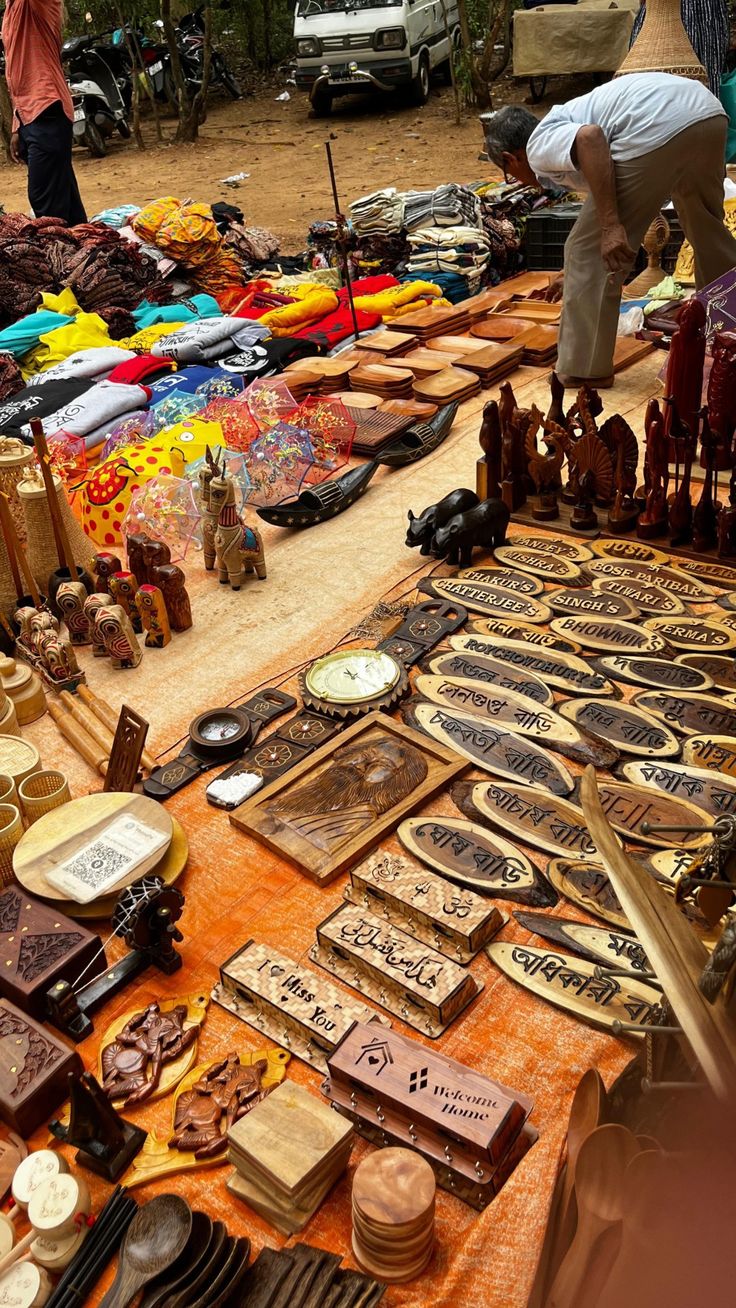
Stalls in Sonajhuri Santiniketan
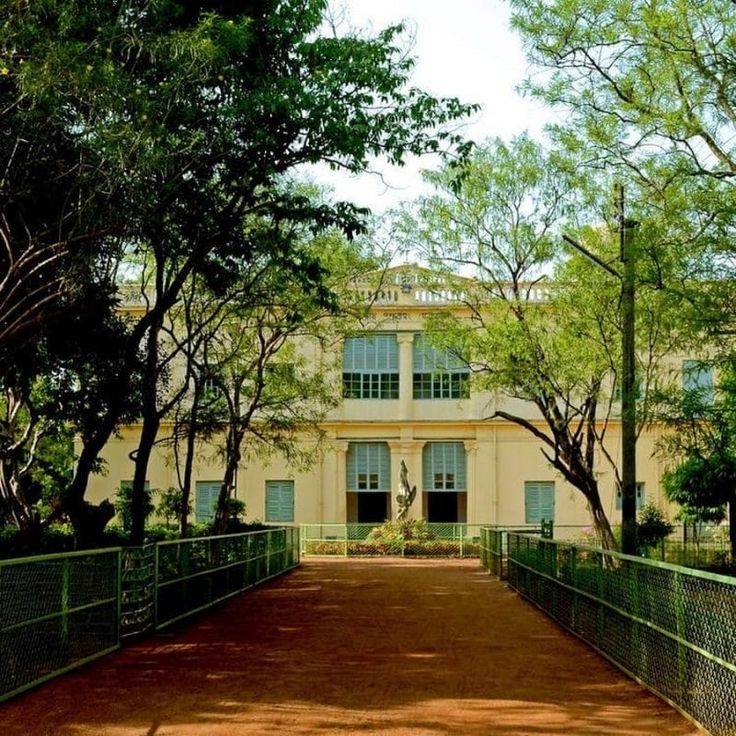
Santiniketan Griha
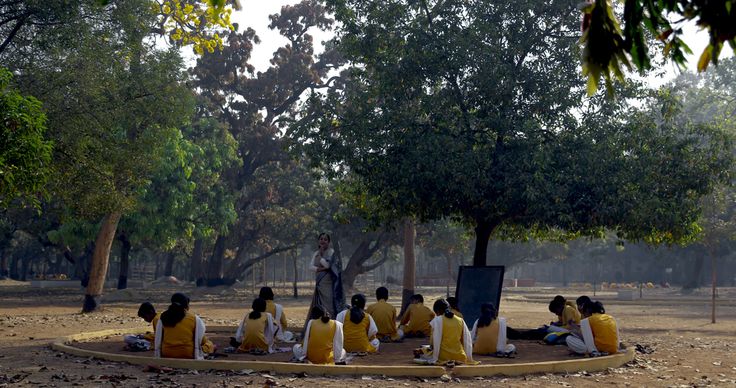
Classes being held in Patha Bhavana
Santiniketan
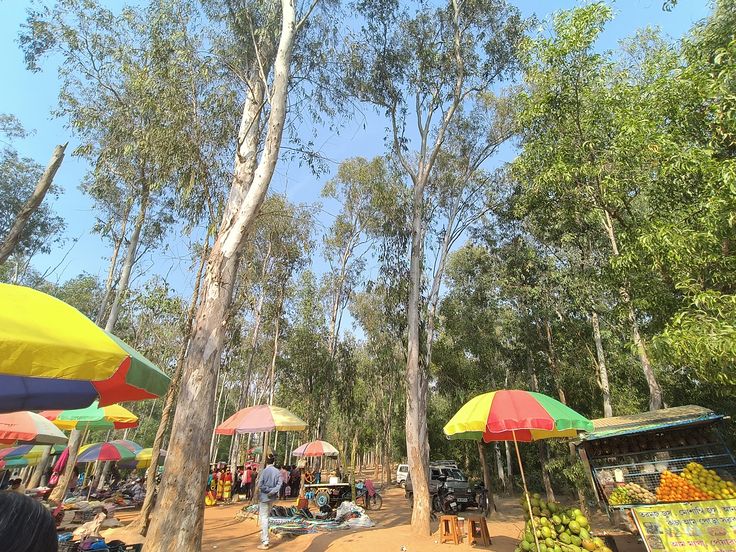
Sonarjhuri Santiniketan
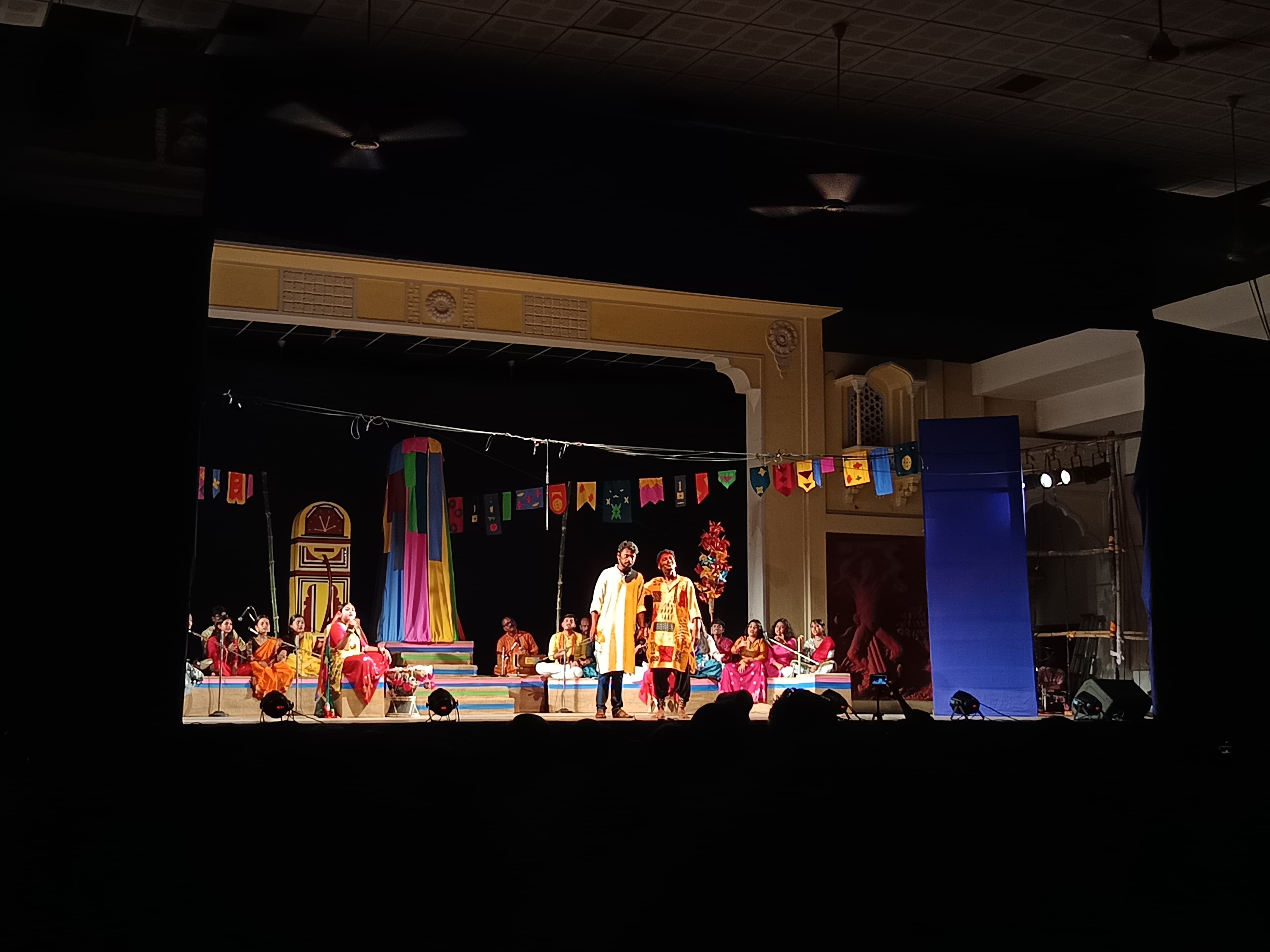
Sarod-utsav Santiniketan
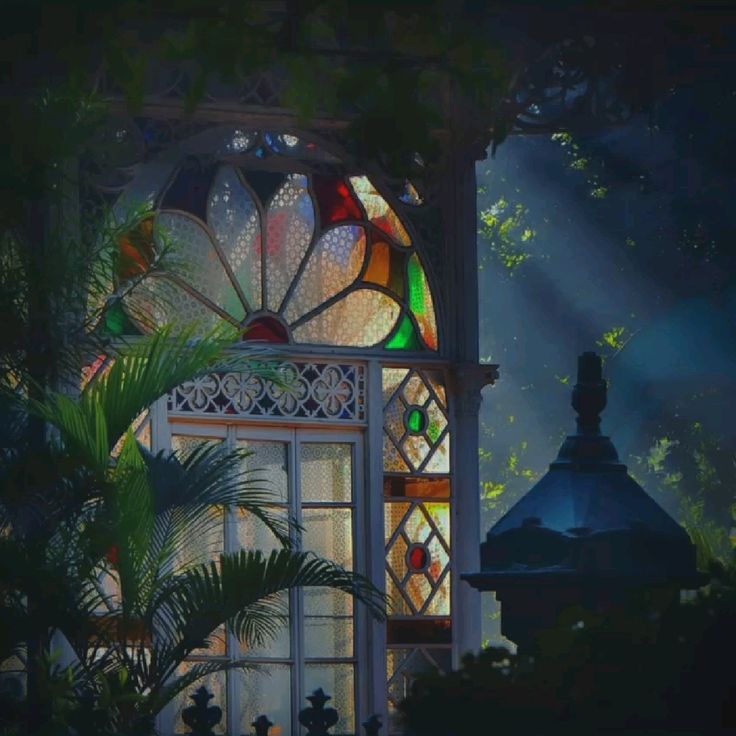
Kanchmandir Santiniketan
The Historical Places and Their History:
The Ashram Complex
The Ashram complex lies at the heart of Santiniketan, it was the earliest settlement of the Tagore Family. The Ashram Complex is not just one building but it is a cluster of various historic spots and all of them have their own stories. The Santiniketan Griha is the first house built by Maharshi Debendranath Tagore from which the whole settlement of the Santiniketan grew. It’s situated near the Upasana Griha; one can see it from the outside as going inside is not allowed. Chhatimtala is a quiet grove of the chhatim trees where Debendranath used to meditate. Today, it is a place of initiation for the Visva-Bharati students. The visitors can see the Chhatimtala from the outside near the Rabindra Bhavana (Rabindra Museum). Kala Bhavana Murals are some of the murals inside the Ashrama Complex which were made by the students of Kala Bhavan’s students and professors, including the works of Nandalal Bose, Ramkinkar Baij and Binode Behari Mukherjee. Walking around the complex is like stepping back into the history. Give your imagination a chance here and surrender yourself in the beauty of this Ashrama complex.Plan your visit pair Santiniketan with a comfortable stay. Reserve at The Pearl Club Resort
The Upasana Griha
The Upasana Griha was built by Maharshi Debendranath Tagore in 1863. It is one of the most iconic and earliest structures that was build in Santiniketan. It was constructed with Belgian glasses and that’s why it glitters in the sunlight during the day and glows with candles as the darkness comes. This is not like a traditional temple, it was meant as a place of Universal worship, without those traditional rituals or idols. Visiting the Upasana Griha will help you to find inner peace. In special occasions and in every Wednesday morning prayers and songs of Rabindranath’s would be sung here as a long old tradition that Rabindranath continued with the Bramho Samaj Philosophy.Kala Bhavana
This is I guess is one of the most famous parts of Santiniketan, Kala Bhavana is the hub of Fine Arts where the Indian art found a new language. It was founded by Rabindranath Tagore in 1919, and soon it became the home of the Bengal School of Art where artists like Nandalal Bose, Ramkinkar Baij and Binode Behari Mukherjee redefined the Indian Modernism. This campus is itself like an art gallery, one can find sculptures scattered around the campus, walls are covered with murals and often one can see that the students doing their classes in the open spaces of the Kala Bhavana. One can locate the sculptures of Ramkinkar Baij like The Santhal Family still standing in the open campus.Rabindra Bhavana
Rabindra Bhavana is a museum situated near Chhatimtala where they preserve Rabindranath’s personal belongings, letters, paintings, manuscripts, pictures and his Nobel replica (as the original one got stolen in 2004). Apart from the museum in the Rabindra Bhavana complex there are five historic houses – Udayan, Konark, Shyamali, Punascha and Udichi. Here is some little information of these houses which you can flex in front of the people with whom you are visiting. 1. Udayan: It was built by the Maharaja of Tripura for Rabindranath Tagore as a gift in recognition of his contributions to literature and education. Tagore lived here during his last days. Note: Beside Udayan there is a display of the Car used by Tagore during his stays in Santiniketan. 2. Konark: It was built by Rabindranath Tagore and it was inspired by the Konark Sun Temple (Odisha). It was designed with open verandas and rooms that allowed light and air to flow freely. Tagore used this house for his residence and also used it as a creative space. 3. Shyamali: It was built by the students of Kala Bhavna in 1935. It was entirely built with mud and later decorated with murals By Nandalal Bose and his students at that time. It’s a living example of sustainable architecture. 4. Punascha: Punascha was served as a retreat where Tagore could write in peace as the older houses became too crowded with visitors and various activities. Sometimes he used it as a residence also. Rabindranath composed many of his letters and poems. 5. Udichi: Udichi was another residence of Tagore which was built during his later years. It is a little small and simpler compared to Udayan but it carries the same charm of red laterite architecture. Rabindra Bhavana Museum is one thing but these houses in the same complex forms a living museum. Note: The Museum stays open every day from 10 a.m. to 4:30p.m. (except for Wednesdays)Patha Bhavana
Before Visva-Bharati became a University, Tagore started Patha Bhavana in 1901 as an experimental school where children studies under the clear sky, in the lap of the nature instead of closed classrooms. The main idea behind it was simple; education should be an enjoyable thing not a punishment, it should be close to nature and rooted in creativity rather than rote learning. Even still to these days when you visit Santiniketan, you will see classes happening under trees, children reciting poems or doing something creative. It has no rigid barriers; only curiosity, creativity and freedom. Amar Kutir and Surroundings: A short drive from Santiniketan takes you to Amar Kutir which is a co-operative society established during the freedom movement. This place was once a hideout for revolutionaries but now it is a hub of rural handicrafts like kantha embroidery, leather goods, batik prints etc. You can visit this place and must shop from here. Visiting this place will give you sense of how Santiniketan influenced not just quality education and art but also self-reliance. Nearby, you can also visit the famous Sonajhuri hat, Kopai River and Ballavpur Wildlife Santuary.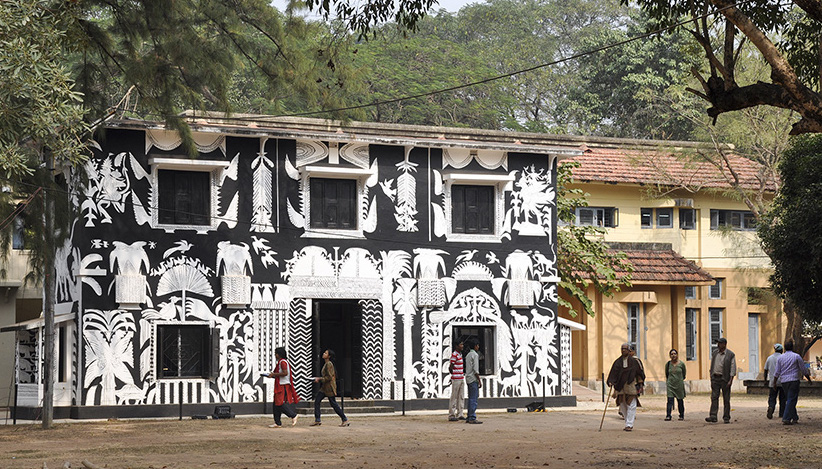
Kalabhabna Santiniketan
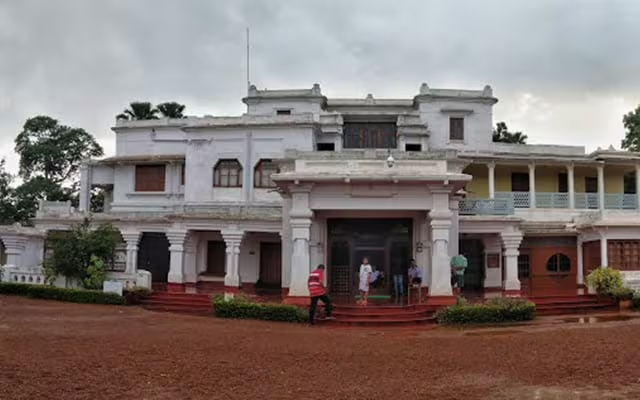
Rabindrabhaban Santiniketan
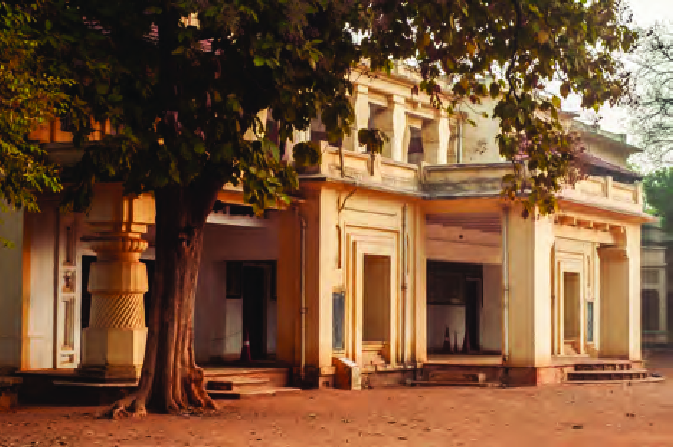
Pathabhaban Santiniketan
The Pearl Club Resort – Best Resort in Santiniketan
- Deluxe Rooms – Comfortable stay option for up to 3 guests.
- Private Bungalows – Spacious stay for up to 6 guests with:
- 3 bedrooms & 3 modern washrooms
- Private living room
- Balcony terrace with serene views
- Amenities:
- Swimming pool
- Fully equipped gym
- Indoor games room
- Perfect for families, couples, and groups looking for a mix of comfort and luxury in Santiniketan.


Plan your visit pair Santiniketan with a comfortable stay. View More about The Pearl Club Resort
Festivals and Melas of Santiniketan
One should not miss the festivals of Santiniketan. These festivals single handedly made Santiniketan a cultural hub of Bengal. Here are some details about the festivals Santiniketan-Poush Mela:
Started in 1894, this mela celebrates the founding of the Santiniketan Ashram. Local handicrafts, Baul songs, tribal dances and a riot of stalls make it a vibrant annual event. Note: This fair is mainly held around December (starts from 7th Poush as mentioned in the Bengali Calander).Basanta Utsav:
Rabindranath introduced Holi in Santiniketan as a celebration of Spring. It became a festival of color, song and dance. Students perform in the Gourprangan inside the Ashram Complex. Note: If you want to enter the festival try to wear something ethnic like saree, kurta preferably in white or yellow.Nandan Mela:
It is an art fair organized by the students of Kala Bhavana every December. You can buy original art for as little as few rupees. There are also food stalls and some exceptional performances by the students during the fair. Note: Nandan Mela take place every 1st and 2nd December. Sarodotsava: Just before the Mahalaya every year the students of the various Bhavanas performs Plays for more than 7 days in the Natyaghar near Kala Bhavana.Ananda Bazar:
Ananda Bazar is like a fair where from many departments o Visva-Bharati gives stalls for handicrafts, food and many more in order to raise money to help people. Note: It takes place the day of Mahalaya. These festivals are part of the historical DNA of Santiniketan, carrying forward traditions that began more than a century ago.Travel Tips for the Visitors
Best Time to Visit:
You an come whenever you come but it’s better to visit Santiniketan from October to March as most of the festivals takes place around this time and also the weather is better between those months. Getting here: To visit Santiniketan, there’s plenty trans from Sealdah, Howrah and Kolkata station. You can also can travel by the road with your car.Stay Options:
Explore the best hotels in santiniketan to make an informed decsion for the best and most luxurious vacation.Exploring the Place:
The Best way to explore the place is on foot or with a rented cycle, but one can explore the city also by totos as there are plenty of them.Why Visit Santiniketan:
As you walk through the shaded paths of Santiniketan, you will realize that this is not just a place of the past; it is still alive. Every artwork around the campus, every Baul songs and the beauty of this town with the subtle touch of nature carries forward the living history, culture of this old town. Santiniketan is not just an ordinary tourist spot; it is a Pilgrimage of ideas. To walk here is to walk through the living history of the town. So, when you visit don’t just look around; take a pause listen and let the land talk to you.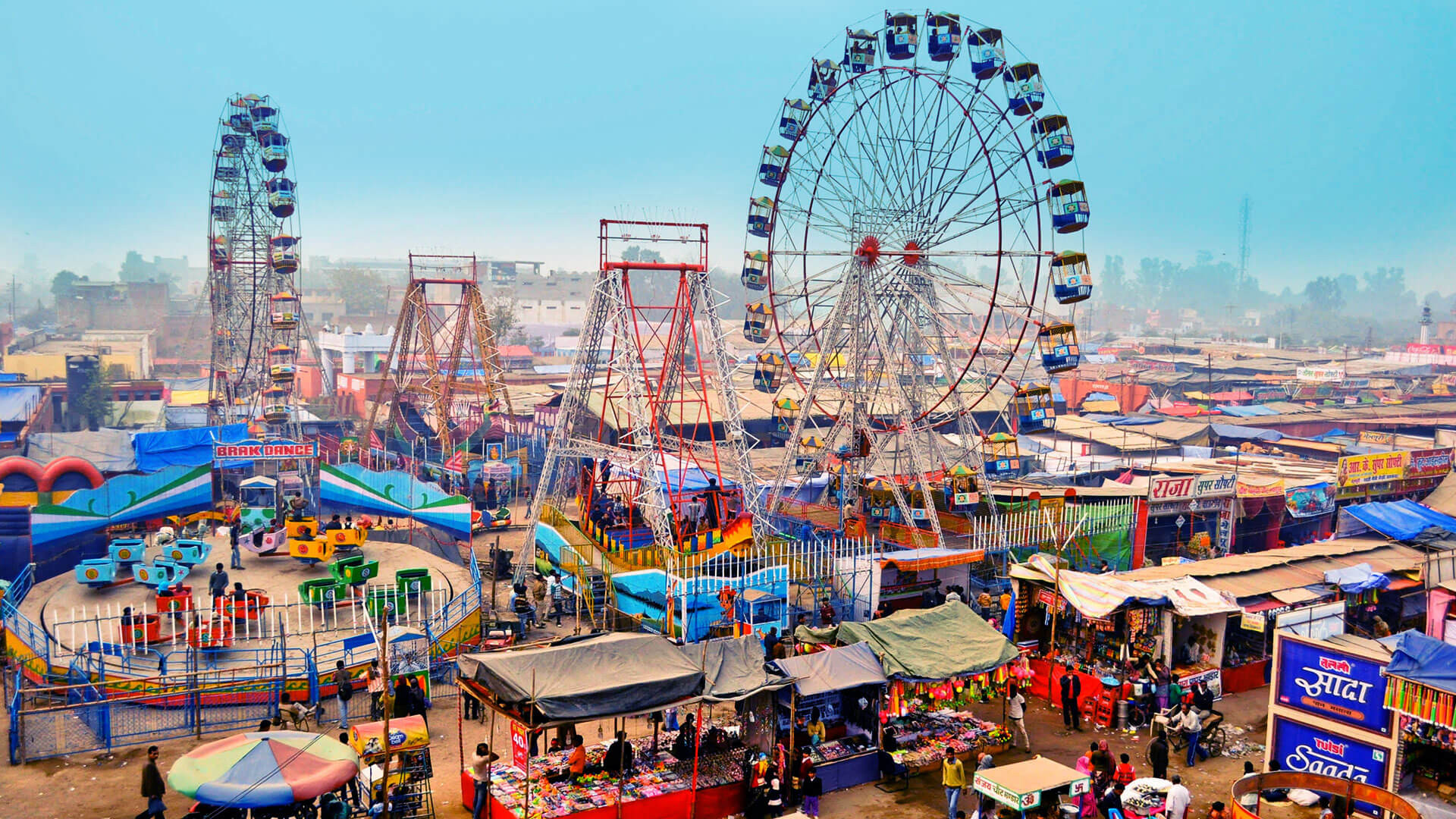
Poushmela Santiniketan
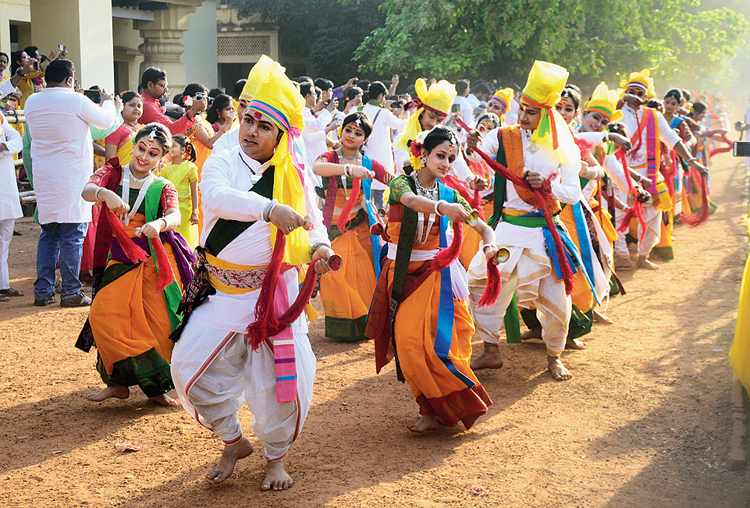
Basanta Utsav Santiniketan
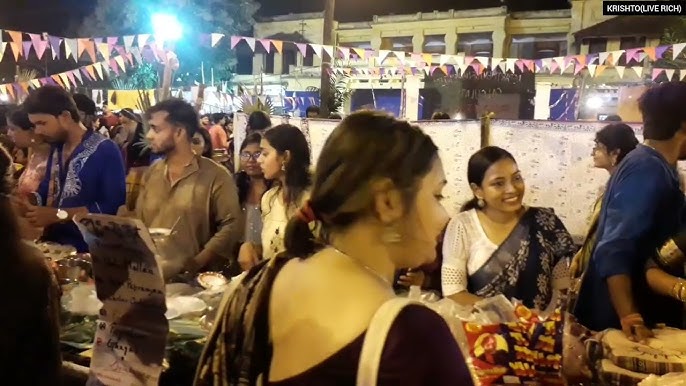
Ananda Bazar Santiniketan